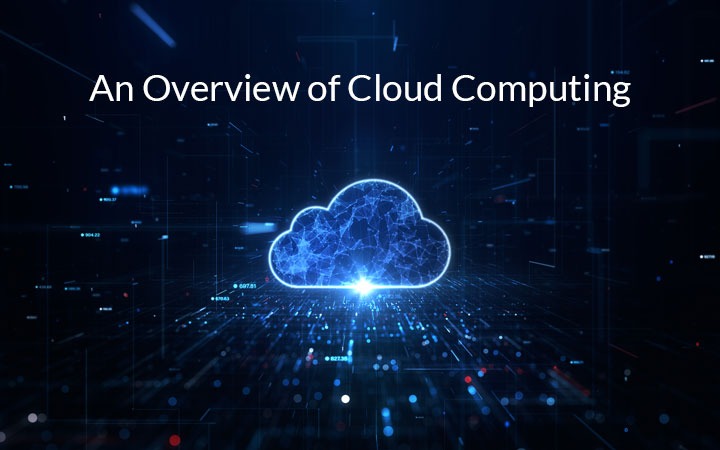Cloud computing is a transformative technology that has revolutionized the way businesses and individuals access and utilize computing resources, data storage, and software applications. It involves the delivery of on-demand computing services over the internet, providing users with scalable, cost-effective, and flexible solutions. Here’s an overview of cloud computing:
Key Concepts:
- Service Models:
- Infrastructure as a Service (IaaS): Offers virtualized computing resources, such as virtual machines and storage, allowing users to manage and control the underlying infrastructure while focusing on their applications.
- Platform as a Service (PaaS): Provides a platform that includes infrastructure, runtime environment, and development tools, enabling developers to build, deploy, and manage applications without worrying about underlying infrastructure.
- Software as a Service (SaaS): Delivers fully functional software applications over the internet, accessible through a web browser without requiring installation or maintenance.
- Deployment Models:
- Public Cloud: Services are hosted and provided by third-party cloud providers and are available to the public over the internet.
- Private Cloud: Infrastructure and services are dedicated to a single organization, providing greater control and security.
- Hybrid Cloud: Combines both public and private clouds, allowing data and applications to be shared between them while maintaining separate environments.
Benefits of Cloud Computing:
- Cost Efficiency: Users pay only for the computing resources they consume, reducing the need for costly on-premises hardware and infrastructure.
- Scalability: Cloud services can scale up or down as needed, accommodating fluctuating workloads and demand without manual intervention.
- Flexibility: Users can access cloud services from anywhere with an internet connection, enabling remote work and collaboration.
- Reliability and Redundancy: Cloud providers typically offer high levels of uptime and redundancy to ensure data availability and business continuity.
- Security: Leading cloud providers invest heavily in security measures, including data encryption, access controls, and compliance certifications.
- Automatic Updates: Cloud providers handle software updates and maintenance, freeing users from these responsibilities.

Use Cases and Applications:
- Data Storage and Backup: Cloud storage services like Amazon S3, Google Cloud Storage, and Microsoft Azure Blob Storage are commonly used for data storage and backup.
- Web Hosting: Many websites and web applications are hosted in the cloud, benefiting from scalability and reliability.
- Big Data and Analytics: Cloud platforms provide the resources and tools needed to process and analyze large datasets.
- IoT (Internet of Things): IoT devices often use cloud platforms to collect, store, and analyze data generated by sensors and devices.
- Software Development: Cloud platforms offer development tools and environments for building, testing, and deploying applications.
- Machine Learning and AI: Cloud providers offer machine learning and AI services, making it easier for organizations to implement these technologies.
- Collaboration and Productivity: SaaS applications like Microsoft 365 and Google Workspace enhance collaboration and productivity through cloud-based tools.
Challenges and Considerations:
- Security and Compliance: Ensuring data security and compliance with regulations is a top concern when moving to the cloud.
- Data Transfer and Latency: Data transfer to and from the cloud can incur costs and introduce latency.
- Vendor Lock-In: Users should be cautious about becoming too dependent on a single cloud provider, as switching providers can be complex.
- Cost Management: Cloud costs can escalate if not managed effectively. Proper cost monitoring and optimization are essential.
- Data Ownership: Understanding data ownership and responsibilities between the cloud provider and the user is critical.
Cloud computing continues to evolve, with advancements in areas like edge computing and serverless computing. As organizations increasingly embrace cloud solutions, it is essential to carefully assess their needs, choose the right cloud service models and providers, and implement robust security measures to fully harness the benefits of cloud computing.



Leave a Reply